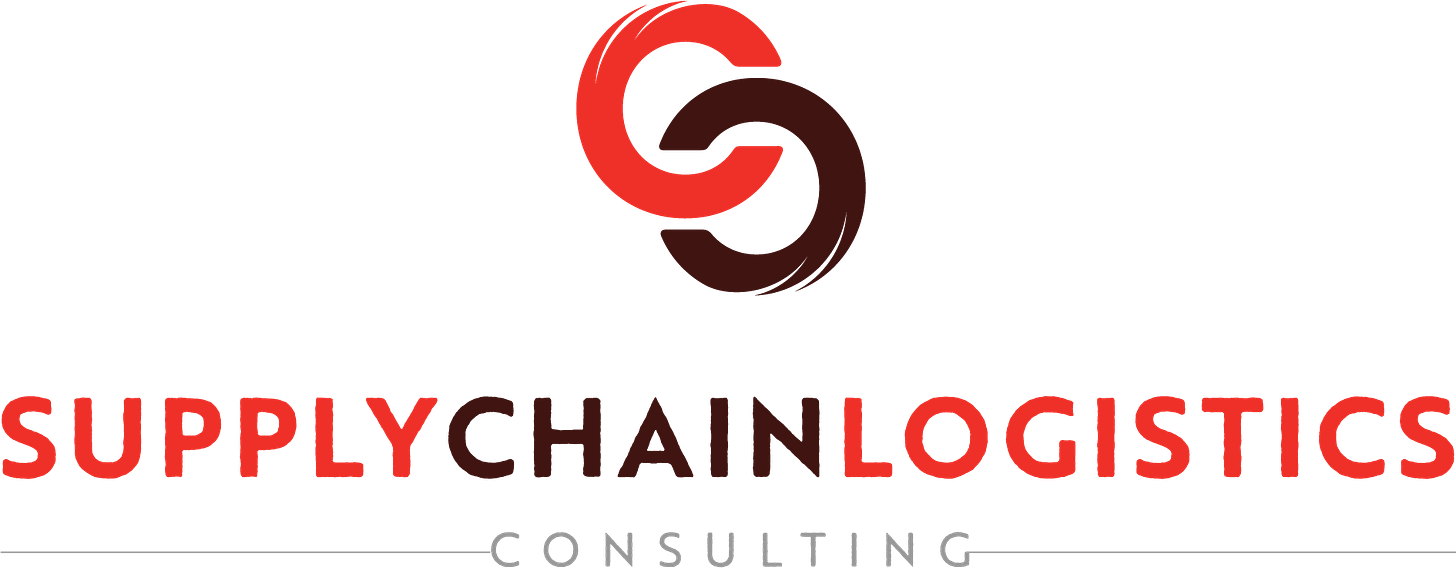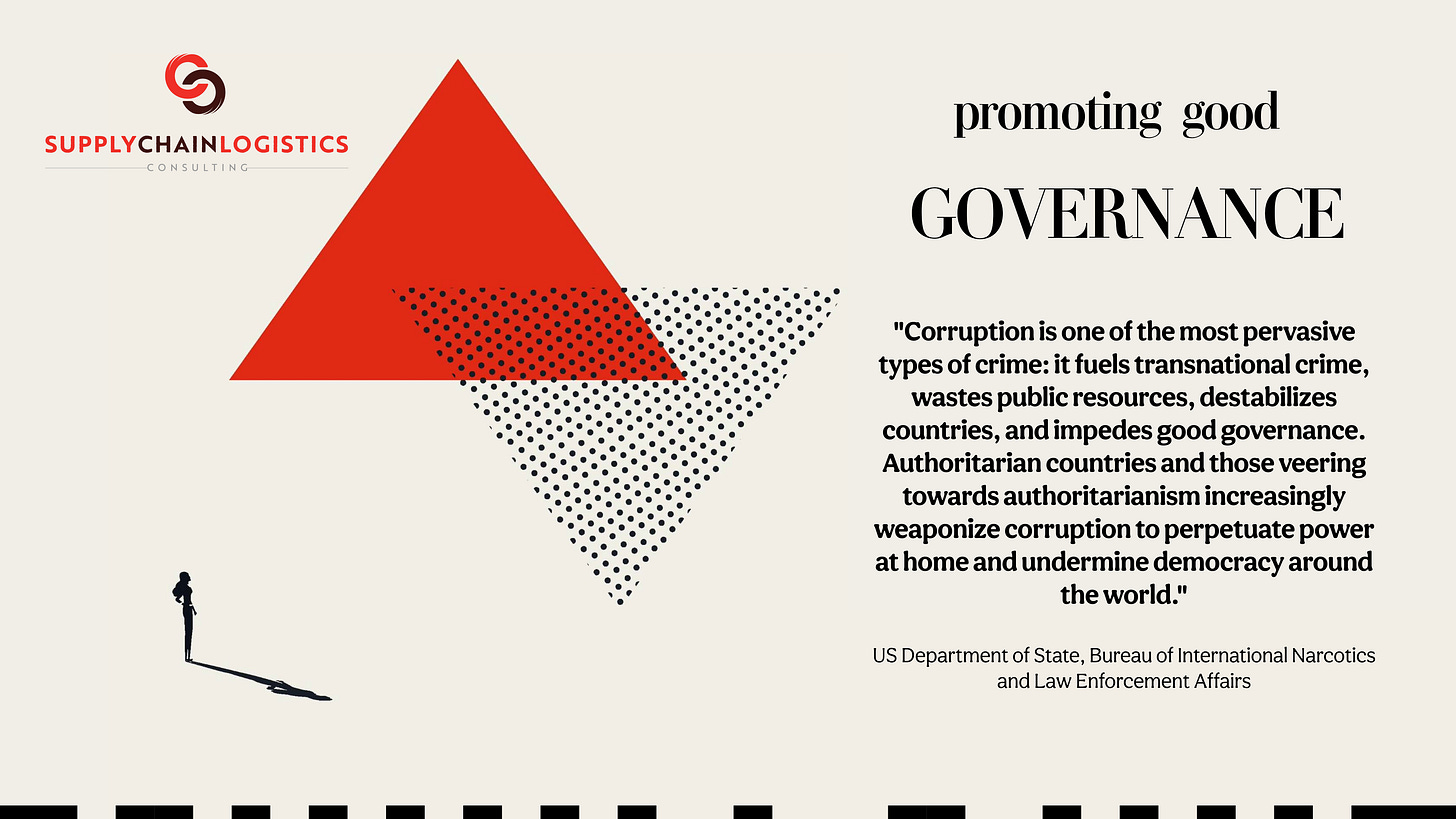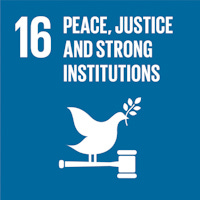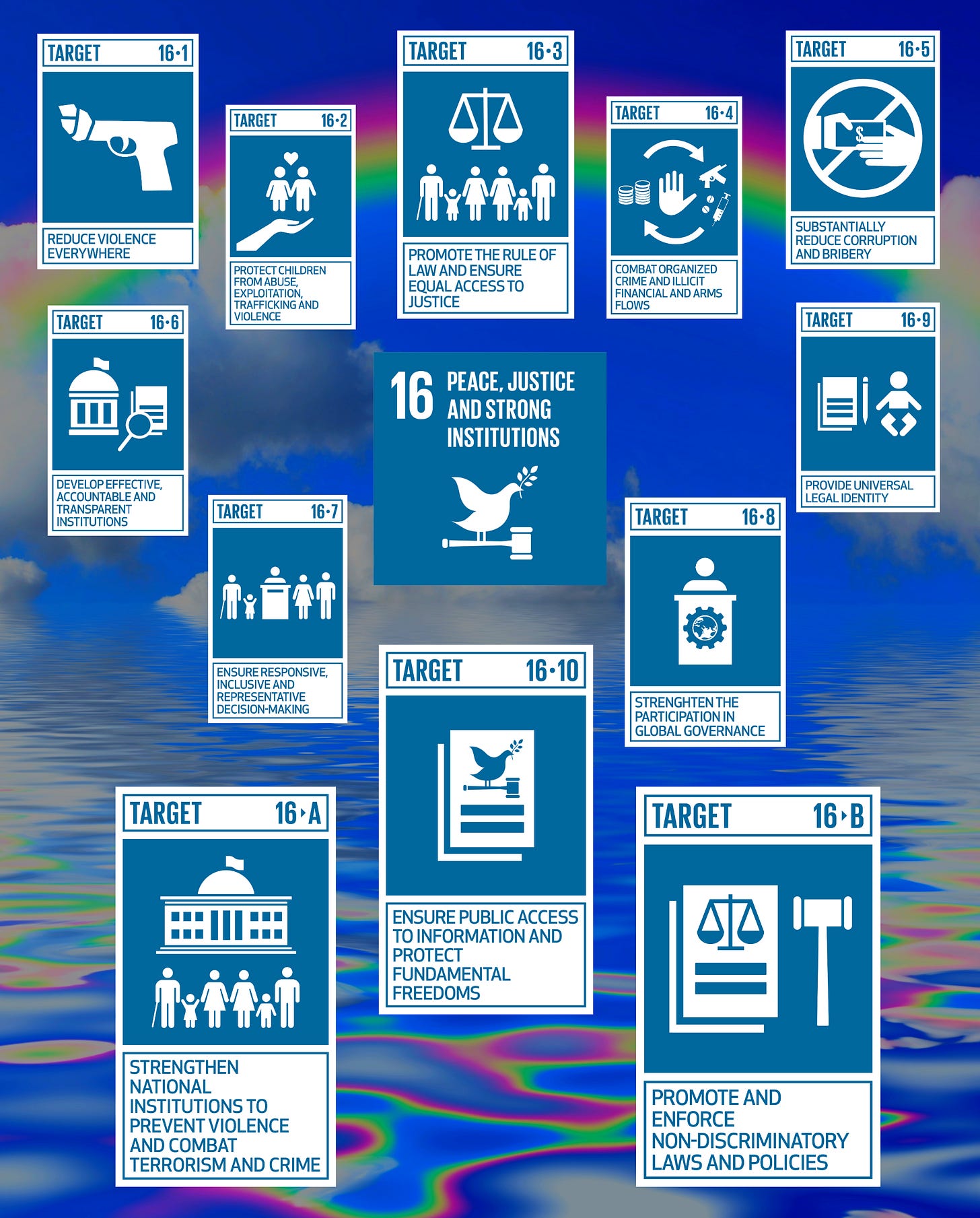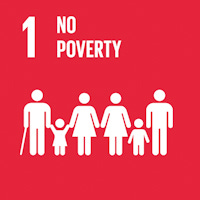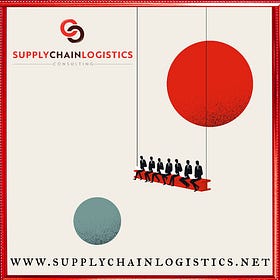Review this comprehensive overview of strategies and best practices for professionals. This article aims to equip busineses with actionable solutions to prevent corruption and provide governance.
Understanding Corruption in Procurement
Corruption in business procurement practices is a pervasive issue that hampers the efficiency and effectiveness of supply chains. As businesses strive to optimize their procurement processes, it is crucial to understand the various forms of corruption that can infiltrate these practices. In this paper, we will delve into the complex landscape of corruption in business procurement and explore the impact it has on supply chains, financial management, and overall business operations. By examining real-world case studies and practical examples, we will unravel the root causes of corruption and discuss strategic approaches to mitigating its risks.PwC’s Global Economic Crime and Fraud Survey 2020 reveals that economic crime remains a persistent threat for Singapore- based companies: 42% of companies surveyed (compared with 47% globally) experienced incidents of fraud and economic crime within the past 24 months.
(Global Economic Crime and Fraud Survey 2020 – Singapore report).
Corruption in Procurement Processes
Examining the Causes of Corruption in Procurement Processes
When examining the causes of corruption in procurement processes, it becomes evident that a combination of systemic vulnerabilities and individual ethical lapses contribute to the problem. One of the primary causes is the lack of accountability and oversight within procurement departments. Without proper checks and balances, there is an increased risk of individuals exploiting their positions for personal gain, leading to corrupt practices. Moreover, inadequate transparency in the procurement process creates opportunities for misconduct.4.6 trillion USD or 29% of government spending in OECD countries is public procurement.
— Supply Chain Logistics Consulting (@PRO_SupplyChain) January 23, 2024
10-30% was lost to corruption.
57% of all bribery is in Public Procurement. #supplychain#procurement https://t.co/FZqWYWIFTqpic.twitter.com/vZdEpgsSVy
Link to our YouTube Video: “Topics: ETHICS ANTI-FRAUD IN PROCUREMENT”
Watch Ad Free onSubstack (HERE)orfind your Podcast app on our website.
Strategies:
Preventing Corruption in Business Transactions
To prevent corruption in business transactions, organizations must implement a comprehensive set of strategies that address both the systemic vulnerabilities and individual ethical considerations (Heggstad & Frøystad, 2011).
Some key strategies for preventing corruption in procurement processes include:
Implementing Robust Internal Controls:
- Developing and enforcing stringent internal controls is crucial for preventing corruption in procurement processes. These controls should encompass clear guidelines for decision-making, transparent approval processes, and regular audits to detect any irregularities or deviations from established protocols.
Strengthening Transparency and Accountability:
- Building a culture of transparency within the procurement function is essential for deterring corrupt practices. This involves openly documenting procurement activities, disclosing potential conflicts of interest, and ensuring that decisions are based on objective criteria rather than personal relationships or favors.
Conducting Ethical Training and Education:
- Providing comprehensive training on ethical conduct and the implications of corrupt practices can raise awareness and equip employees with the knowledge to recognize and report unethical behavior. This educational initiative should extend beyond the procurement department to all individuals involved in the procurement process.
Creating Whistleblower Protection Mechanisms:
-
Establishing anonymous reporting channels and safeguarding whistleblowers from retaliation is essential for uncovering and addressing instances of corruption. Employees should feel empowered to speak up without fear of repercussions, thereby facilitating the early detection and prevention of corrupt activities.
Enforcing Compliance with Anti-Corruption Laws and Regulations:
- Organizations must ensure strict adherence to anti-corruption laws and regulations, both domestically and internationally. This necessitates thorough due diligence when engaging with suppliers and partners and actively monitoring compliance throughout the procurement lifecycle. By adopting these strategies, businesses can fortify their defenses against corruption in procurement processes and cultivate a culture of integrity and ethical conduct.
In the subsequent sections, we will delve into the implementation of these strategies and highlight best practices for businesses aiming to safeguard their procurement operations against corrupt influences.
Procurement: Practices to Combat Corruption
Mitigating Corruption Risks in Conflict-Affected Environments
When it comes to changing the pattern of corruption in certain areas, several methods have proven to be effective in combatting corrupt practices in procurement processes. One common cause for corruption is the lack of enforcement of anti-corruption laws and regulations. To address this, government agencies and regulatory bodies can enhance enforcement efforts and implement stricter penalties for violations.
SDG 16
Sustainable Development Goal 16: Peace, Justice and Strong Institutions
Evaluating: Is This Working?
How the effectiveness of anti-corruption measures in procurement get measured.
These indicators can include:
- Number of corruption cases reported and successfully prosecuted – Percentage increase in transparency and documentation of procurement processes
- Reduction in instances of conflicts of interest and favoritism in procurement decisions
- Level of employee awareness and engagement in ethical training programs
- Number of whistleblower reports and the subsequent actions taken to address them
- Compliance with anti-corruption laws and regulations across all procurement activities
- Implementation of specialized procurement mechanisms in conflict-affected environments and their effectiveness in mitigating corruption risks
- Adoption and utilization of technology and digital platforms for transparent procurement processes
- Public perception and trust in the integrity of business procurement practices
Find additional resources and a non-exhaustive list of agencies engaged in the prevention of fraud by scrolling to the end of this article.
Strategies to Prevent Fraud and Mitigate Risk
To prevent fraud and mitigate risk as outlined in the “PROCUREMENT FRAUD HANDBOOK,” the best strategies include:1. Auditor Awareness:
Auditors should be aware of their responsibilities regarding fraud detection and maintain an attitude of professional skepticism throughout the audit process.(PROCUREMENT FRAUD HANDBOOK, 2012).
2. Risk Assessment:
Design audits to detect indicators of fraud and perform a rigorous assessment of the risk and possible effects of fraud. This includes understanding common types of procurement fraud and recognizing specific fraud indicators.(PROCUREMENT FRAUD HANDBOOK, 2012).
3. Engagement Design:
Configure examinations to identify instances of fraud and noncompliance that may have a material effect on the examination’s subject matter, and ensure continuous risk assessment and response to identified risk factors(PROCUREMENT FRAUD HANDBOOK, 2012).
4. Team Brainstorming:
At the beginning of each audit, conduct brainstorming sessions to stimulate ideas related to fraud risks that are specific to the contractor under audit.(PROCUREMENT FRAUD HANDBOOK, 2012).
5. Information Gathering:
Obtain risk-related information during on-site visits to determine the likelihood of brainstormed risks and evaluate controls(PROCUREMENT FRAUD HANDBOOK, 2012).
6. Responsive Actions:
Respond to identified risks with appropriate tests and controls to confirm their presence and take necessary action.(PROCUREMENT FRAUD HANDBOOK, 2012).
7. Continuous Improvement:
View each detected fraud incident as an opportunity to strengthen controls and processes to prevent recurrence and improve organizational resilience (Global Economic Crime and Fraud Survey 2020 – Singapore report). By implementing these strategies, organizations can enhance their capabilities to detect and prevent procurement fraud, thereby ensuring better stewardship of resources and upholding integrity in operations.SDG 1
Sustainable Development Goal 1: Eradicate Poverty
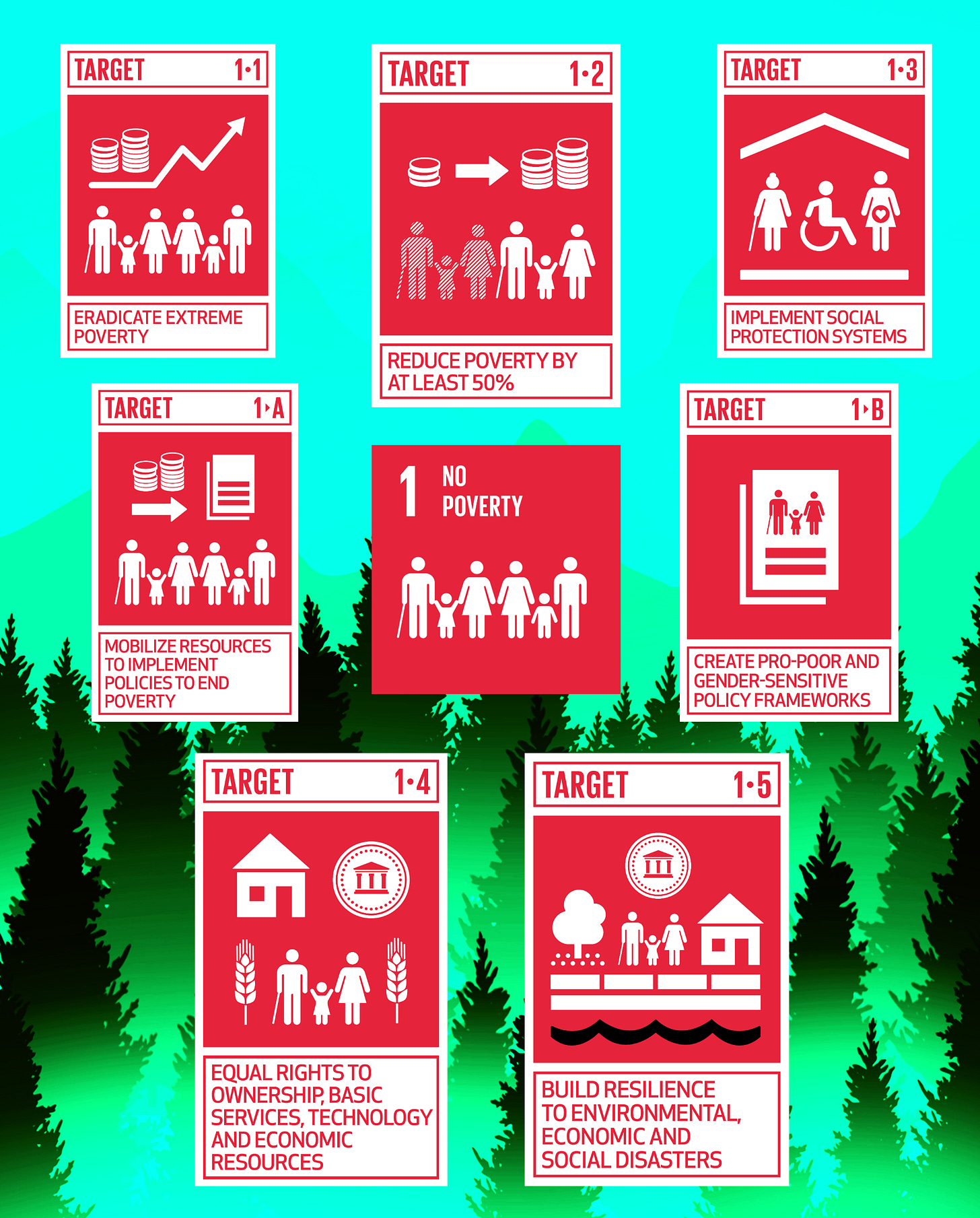
Pope Francis
“Corruption Is Paid (For) By The Poor”
….stated in a 2014 mass
Resources:
US General Services Administration, GSA OIG PROCUREMENT FRAUD HANDBOOK (2012) (“Procurement Fraud Handbook”)
-
-
-
-
- Procurement Fraud Handbook: (https://www.gsaig.gov/sites/default/files/misc-reports/ProcurementFraudHandbook_0.pdf)
- Appendix B – Questionnaires based on AICPA and ACFE questions.
- Questionnaires for Staff
- Questionnaires for Contractors
- Questionnaires for Upper Level Management
- Appendix B – Questionnaires based on AICPA and ACFE questions.
- Procurement Fraud Handbook: (https://www.gsaig.gov/sites/default/files/misc-reports/ProcurementFraudHandbook_0.pdf)
-
-
-
Pricewaterhouse Coopers Consulting (Singapore) Pte. Ltd. (2020) “PwC’s Global Economic Crime and Fraud Survey – Singapore report.”
-
-
-
-
- The Report: “PwC’s Global Economic Crime and Fraud Survey.” (https://www.pwc.com/sg/en/publications/assets/global-economic-crime-and-fraud-survey-2020-sg.pdf)
-
-
-
German P., The Canadian Task Force Against Global Corruption. (2024) “Corruption in the Private Sector: A Concise Action Plan”, published the World Refugee & Migration Council (WRMC) is licensed under a Creative Commons Attribution and free to use for non-commercial purposes.
-
-
-
-
- The Booklet: “Corruption in the Private Sector: A Concise Action Plan” (https://wrmcouncil.org/wp-content/uploads/2024/09/Corruption-and-the-Private-Sector-German-WRMC-Sep2024_EN.pdf)
-
-
-
Heggstad K., Frøystad M., CHR Michelen Institute, “The basics of integrity in procurement.” Anti-Corruption Resource Center. U4 Issue October 2011 No 10 (https://www.u4.no/publications/the-basics-of-integrity-in-procurement.pdf)
Monteiro, Marcelo & Viana, Fernando & Filho, José. (2018). “Corruption and supply chain management toward the sustainable development goals era.” Corporate Governance International Journal of Business in Society. 10.1108/CG-01-2018-0031. (https://www.researchgate.net/publication/327035509_Corruption_and_supply_chain_management_toward_the_sustainable_development_goals_era/)
Agencies:
-
-
-
- American Institute of Certified Public Accountants (https://www.aicpa-cima.com/)
- American Association of Certified Fraud Examiners (https://www.acfe.com/)
- Association of Canadian Professional Accountants (https://www.cpacanada.ca/)
- Basel Institute on Governance (https://baselgovernance.org/)
- Trace International Inc. (https://www.traceinternational.org/)
- Unlimited Free Compliance Training for Employees (https://www.traceinternational.org/eLearning/)
- Bribery Matters Blog (https://www.briberymatters.com/)
- Tcertification: Due-Dilligence Standard “Certified companies and organisations, are pre-vetted partners for multinational companies and organisations seeking to carry out their activities and business with suppliers, agents and consultants who share their commitment to commercial and financial transparency.”
- The Canadian Task Force Against Global Corruption (https://wrmcouncil.org/canadian-task-force-against-global-corruption/)
- United Nations Office on Drugs and Crime (https://www.unodc.org/unodc/index.html)
- World Refugee & Migration Council (WRMC) (https://wrmcouncil.org/)
-
-
Initiatives:
Related Articles:
At Supply Chain Logistics Consulting our mandate is to improve the way things are done and we would be happy to hear from you. Do you have a specific problem you are solving? A unique solution or a successful story about making a significant change?
Let us know.
Write your response in the comments or send us a message on our contact page. If we get enough responses, we will be highlighting our favorite examples in featured posts so that our readers can benefit from them as well.
If you are interested in hiring a management consultant for your business or project and want to learn more about our management consulting services, please contact us today. We are a professional management consulting firm with years of experience in helping people at businesses like yours to achieve results.
Visit Supply Chain Logistics Consulting online and Subscribe on all our channels.


